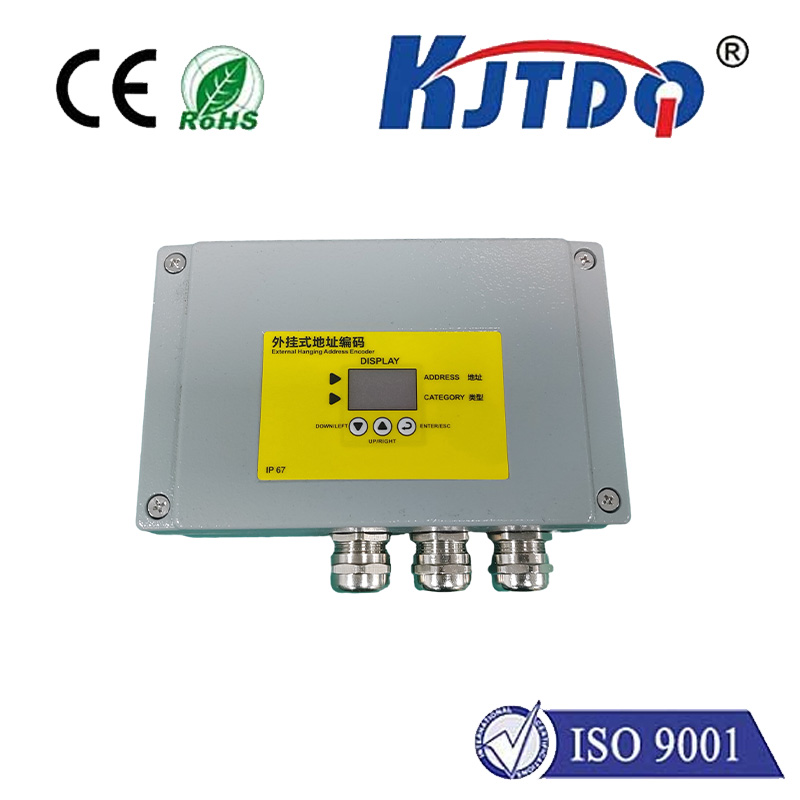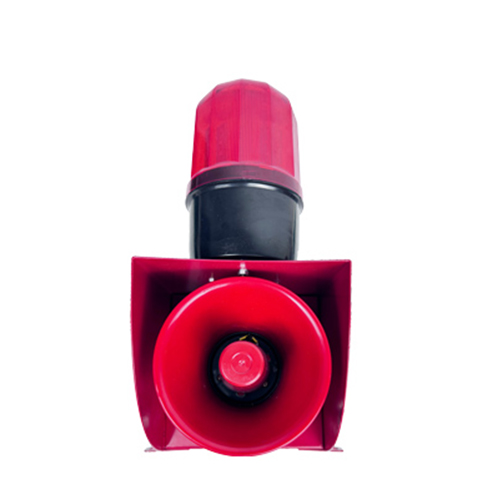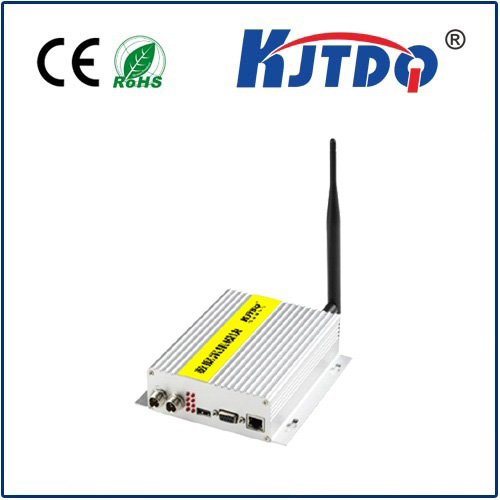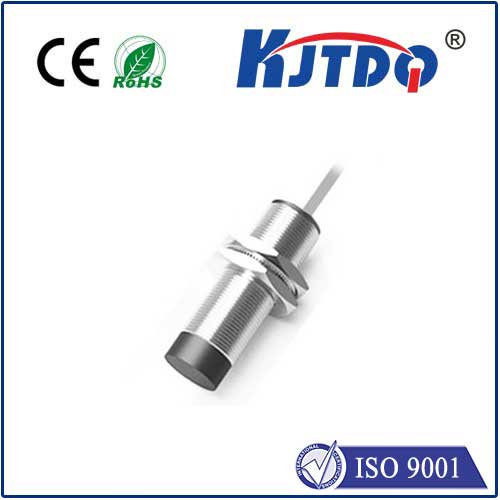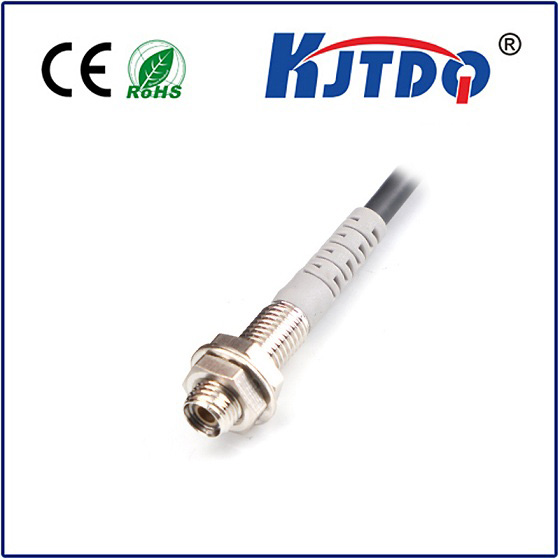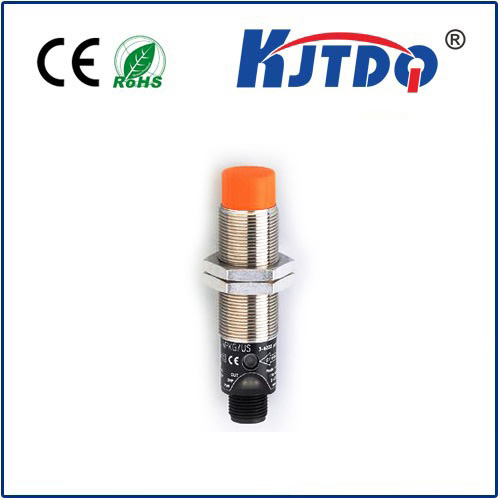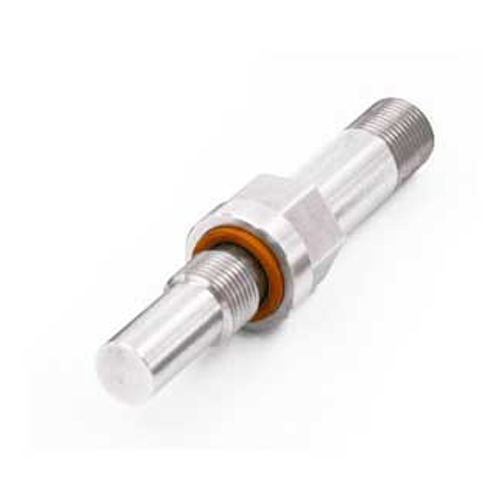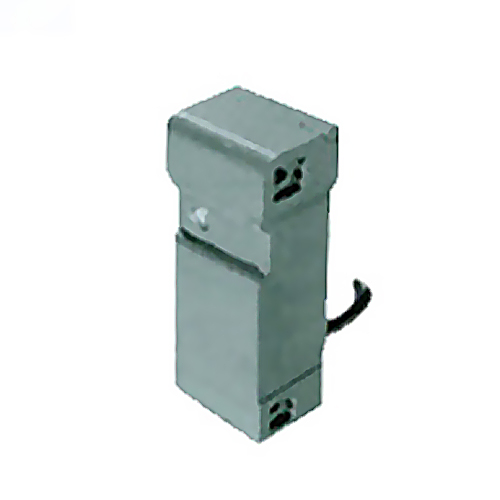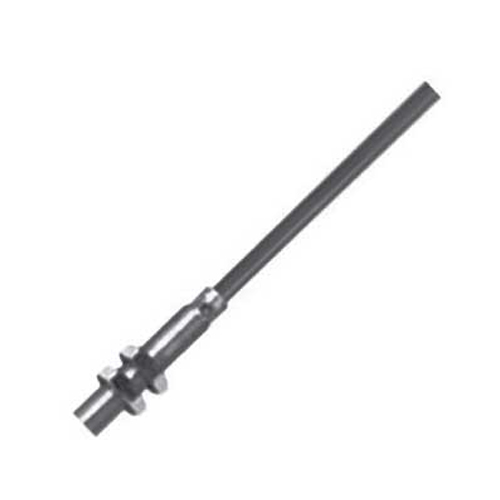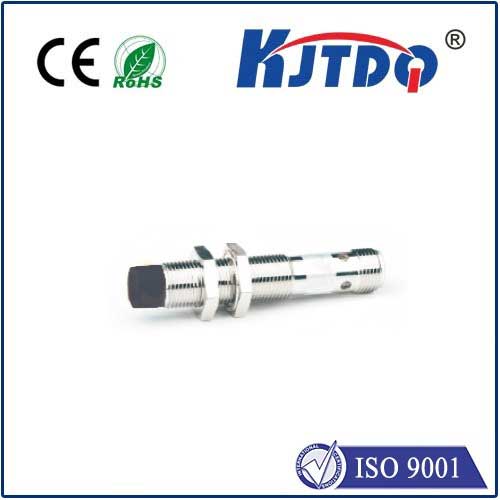BES0227 proximity sensor
- time:2025-10-16 13:52:29
- Click:0
BES0227 Proximity Sensor: Precision Detection Solutions for Modern Automation
In the intricate dance of modern machinery and automated processes, unseen components perform vital roles. Among these silent workhorses, the proximity sensor stands out, acting as the eyes and triggers for countless systems. When precision, reliability, and non-contact detection are paramount, the BES0227 proximity sensor emerges as a significant player. This article delves into the world of the BES0227, exploring its function, benefits, and why it’s a cornerstone in diverse industrial applications.
The Unseen Sentinel: What is a Proximity Sensor?
At its core, a proximity sensor detects the presence or absence of an object within its sensing range without physical contact. It achieves this by emitting an electromagnetic field or beam and monitoring changes caused by a target object. Non-contact sensing eliminates wear and tear on both the sensor and the object, ensuring longevity and consistent operation, critical in high-speed or demanding environments.
Introducing the BES0227: An Inductive Powerhouse
The BES0227 is typically identified as an inductive proximity sensor. This specific type excels at detecting metallic objects – primarily ferrous metals like steel and iron, though many also detect non-ferrous metals like aluminum, brass, and copper to varying degrees.

- How it Works: The BES0227 houses an oscillator circuit generating a high-frequency electromagnetic field emanating from its active sensing face. When a metallic target enters this field, it induces tiny eddy currents on the target’s surface. This energy loss dampens the oscillator’s field strength, a change detected by the sensor’s circuitry. This detection triggers a solid-state electronic switch within the sensor (commonly a PNP output configuration), signaling the presence of the object to a controller like a Programmable Logic Controller (PLC) or Human-Machine Interface (HMI).
Why Choose the BES0227? Key Features and Advantages
Several features make the BES0227 proximity sensor a preferred choice in numerous settings:
- Robust Construction & Environmental Resilience: Designed for industrial rigor, the BES0227 often boasts an IP67 (or higher) ingress protection rating. This signifies excellent protection against dust ingress and temporary immersion in water, making it suitable for washdown environments, outdoor use, or areas prone to splashes and dust.
- High Switching Frequency & Speed: These sensors can detect objects at incredibly high speeds, making them ideal for applications like counting parts on a fast-moving conveyor belt or verifying the presence of components in high-speed assembly lines where milliseconds matter.
- Exceptional Reliability & Long Service Life: With no moving parts subject to mechanical wear (unlike mechanical limit switches), inductive sensors like the BES0227 offer outstanding long-term reliability. Their solid-state design minimizes failures, reduces maintenance costs, and ensures consistent operation over millions of cycles.
- Immunity to Surface Conditions: Inductive sensing isn’t fooled by oil, grease, dirt, or moisture on either the sensor face or the target object, unlike optical sensors. This makes the BES0227 exceptionally reliable in dirty or challenging industrial settings common in manufacturing, foundries, or material handling. Position detection remains accurate regardless of surface contaminants.
- Precision and Repeatability: The BES0227 offers highly accurate detection with minimal variance in sensing distance (repeatability), ensuring consistent triggering points crucial for precision machining, assembly verification, and robotic positioning.
- Temperature Tolerance: Engineered to perform reliably across a broad operating temperature range (commonly -25°C to +70°C), the BES0227 functions effectively in demanding factory environments, from cold storage areas to hot manufacturing zones near ovens or furnaces.
Where the BES0227 Shines: Diverse Applications
The combination of ruggedness, reliability, and non-contact sensing makes the BES0227 proximity sensor indispensable across a vast spectrum of industries:
- Manufacturing & Assembly Lines: Position detection of parts on conveyors, end-of-stroke verification for cylinders, monitoring tool positions, detecting presence/absence of components for robotic arms, confirming part clamping.
- Material Handling & Logistics: Monitoring pallet positions, detecting metal rollers or structures on conveyor systems, verifying gate or door positions on automated guided vehicles (AGVs), sensing bin levels (for metal bins or objects).
- Automotive Industry: Verifying door, hood, and trunk closure; detecting the position of robotic welders; sensing metal parts during painting processes (where optical sensors might fail); monitoring engine block positions on lines.
- Packaging Machinery: Detecting foil seals, metal lids, or cans; counting metal containers; verifying the position of capping heads or filling nozzles; sensing the presence of metal components within packaging machines.
- Machine Tools (CNC/Machining Centers): Tool length measurement and breakage detection, checking chuck open/close status, verifying workpiece placement or clamping, confirming tool magazine positions.
- Food & Beverage (Specific Areas): While generally not for direct food contact sensing, they excel in detecting metal components of machinery, verifying metal can or lid presence, sensing stainless steel conveyors, or detecting metal shanks in equipment – often featuring specific hygienic designs.
Selecting and Integrating the BES0227
Choosing the right sensor involves several considerations:
- Sensing Distance: The rated operating distance (
Sn) needed for your application. The BES0227 comes in various standard ranges (e.g., 2mm, 4mm, 8mm).
- Target Material: Confirm the sensor is suitable for your target metal (ferrous, non-ferrous steel, aluminum etc.) as detection distance varies.
- Housing Style & Size: Cylindrical threaded barrels (e.g., M8, M12, M18, M30) are common. Select the size and form factor that fits your mounting requirements.
- Output Type: The BES0227 typically features a PNP, Normally Open (NO) output, common for PLC inputs. Ensure compatibility with your controller.
- Connection Type: Choose between pre-wired cables or connectors (like M12).
- Environmental Requirements: Double-check the required IP rating and temperature range for your specific installation site.
Integration is typically straightforward: secure mounting, ensuring the correct sensing distance and alignment to the target, connecting the wires to the power supply and PLC input while observing polarity if applicable.
Beyond the Part Number: The Value Proposition
While BES0227 designates a specific proximity sensor model, its true value lies in the critical role it plays. It provides reliable, non-contact position detection and object presence sensing for PLC systems, forming the sensory foundation of automation. Features like IP67 protection and robust temperature tolerance ensure it operates dependably under harsh conditions that would cripple less rugged components. Its solid-state reliability minimizes downtime, while its immunity to surface contaminants guarantees consistent performance where optical sensors falter.
The BES0227 proximity sensor exemplifies the essential, often unseen technology that drives efficiency, safety, and precision in the automated world. Its blend of durability, performance, and versatility makes it a go-to solution for engineers seeking dependable sensing in demanding industrial environments, solidifying its place as a fundamental component in






